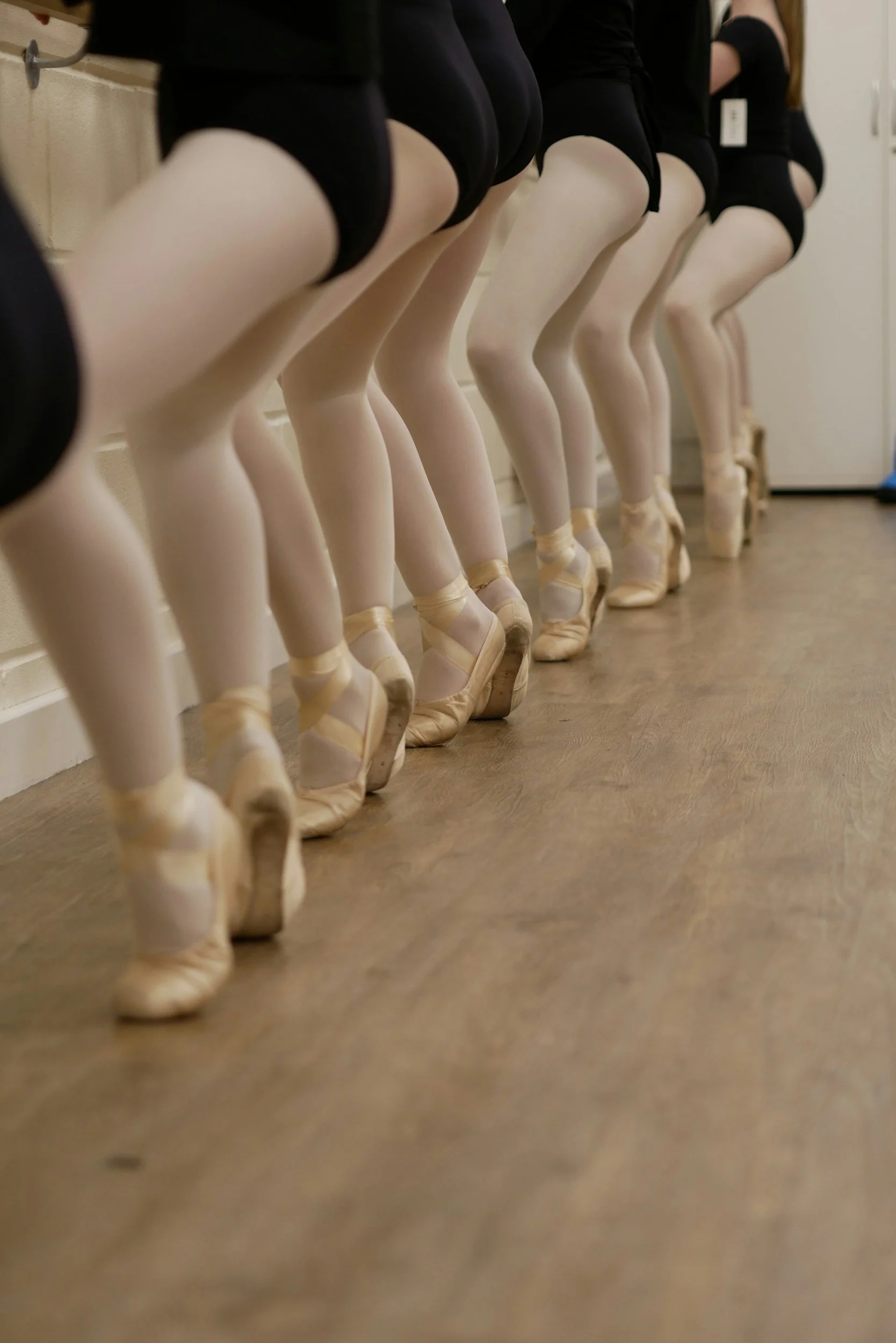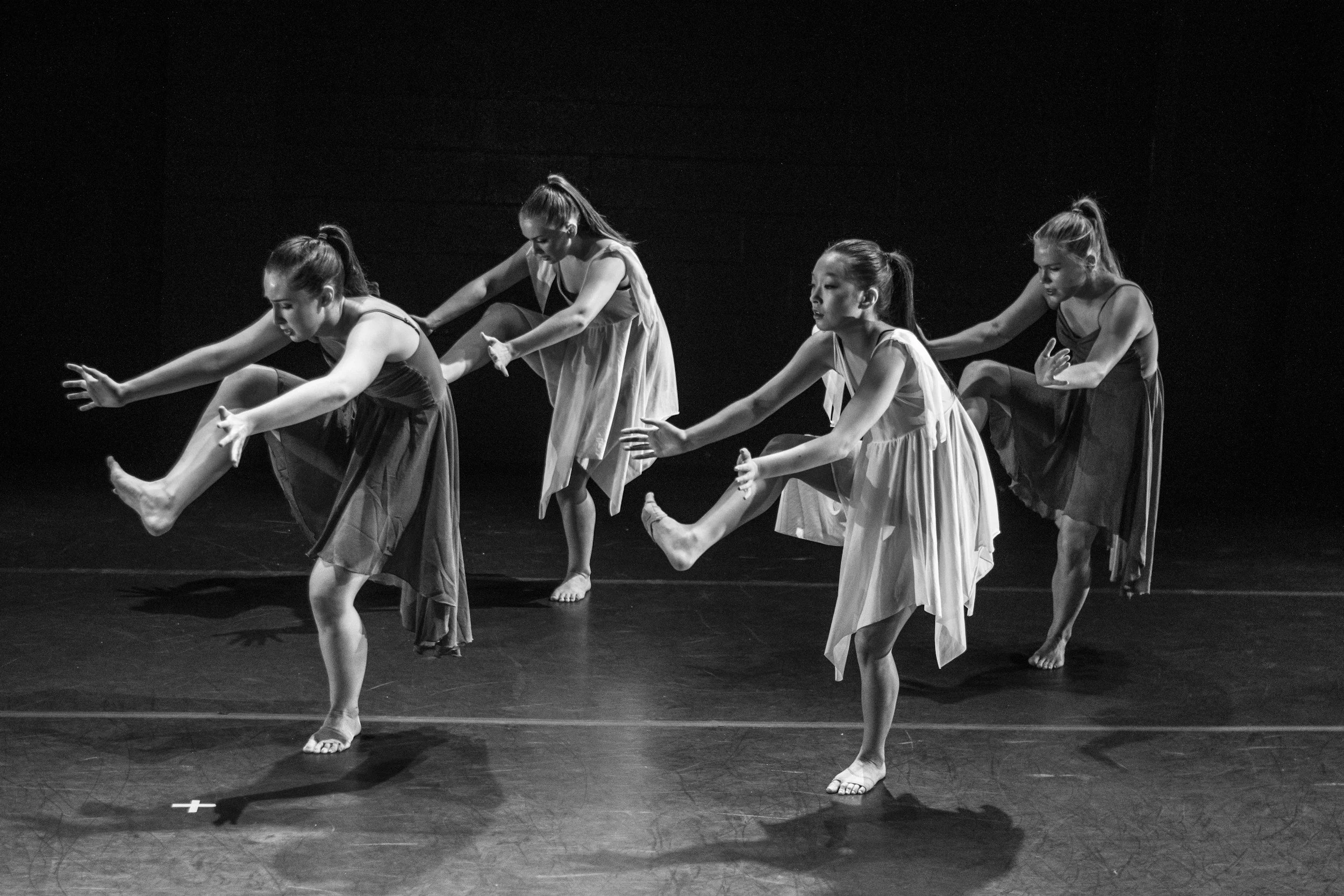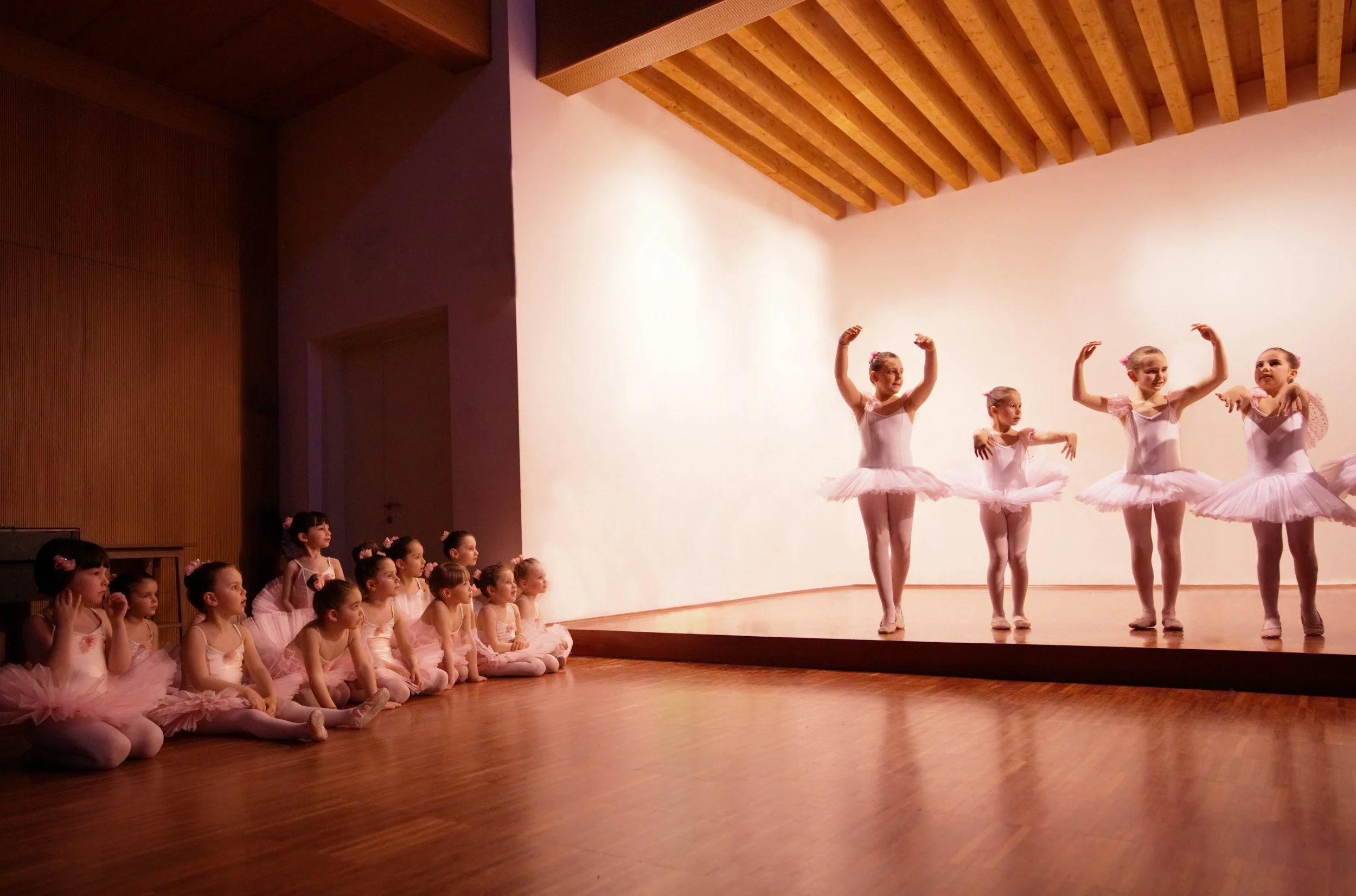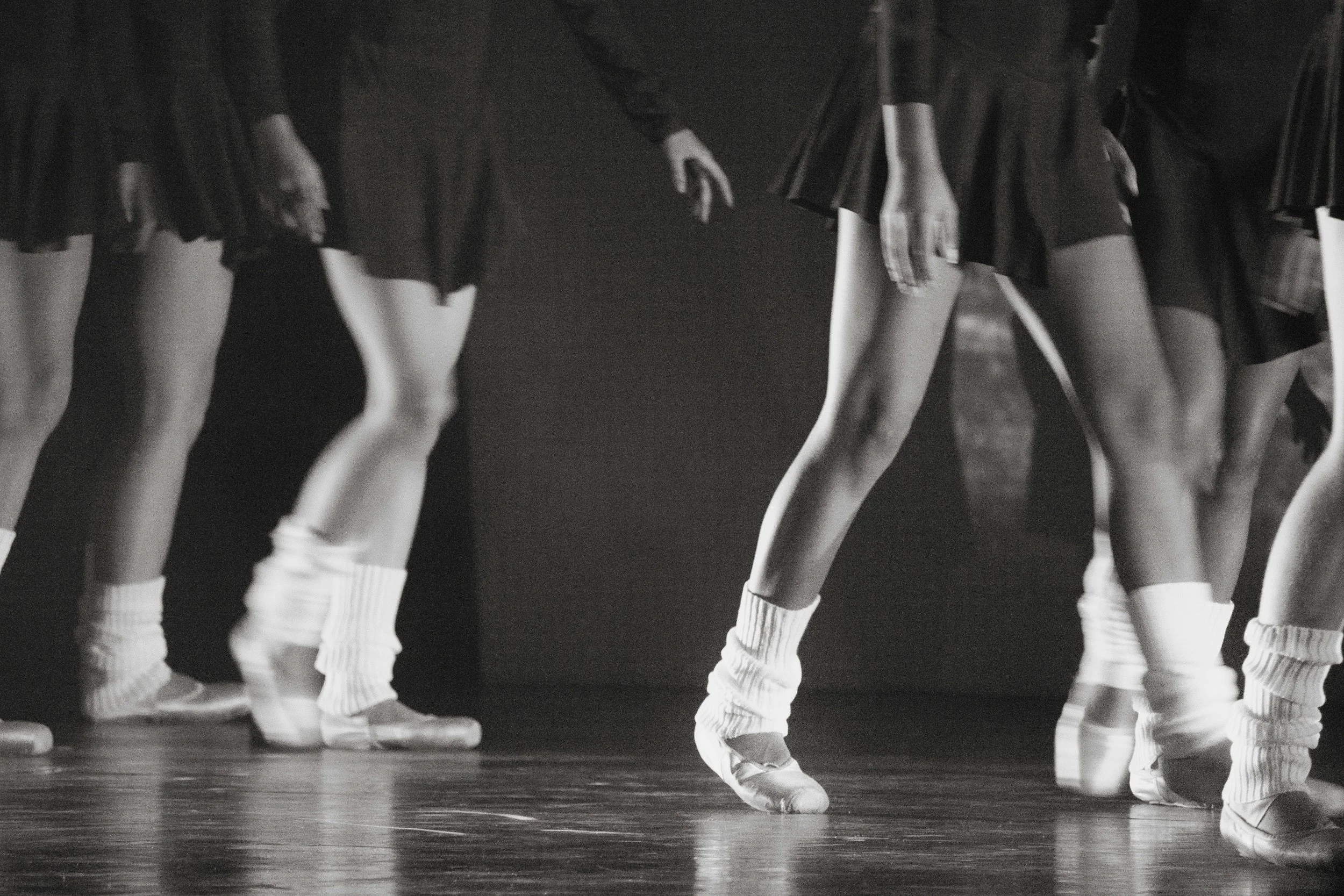Why Growing Your Dance Studio Is Actually Hurting It
Everyone tells you just to get more students.
Fill the classes.
Pack the lobby.
Grow, grow, grow.
And while yes, we all want full classes — here’s the truth no one talks about:
👉 Trying to grow your studio by simply chasing more students is probably the very thing keeping you stuck, stressed, and unprofitable.
What if the real issue isn't how many students you have, but how your business is set up to serve the ones you already have?
Let’s break down why more isn’t always better — and what to fix first before trying to scale a broken system.
You Need to Charge More — and Get More Value From Your Current Students
If your tuition is too low, enrolling more students just magnifies the problem. You're working harder, managing more people, and still not making enough money. At that point, it becomes a numbers game — and not the kind you want to play.
In my studio and with the many others I’ve coached, I’ve seen that at low tuition rates, it becomes super challenging (if not impossible) to hit enrollment goals that actually lead to profit.
Before you chase 20 more enrollments, ask yourself:
Are my classes full with waitlists? If so, it’s a sign you’re priced too low for the experience you provide and the perceived value of what you do.
Are my current families enrolled in multiple classes or programs?
Am I offering premium experiences — or just stacking more bodies in the room?
📌 It’s not about more students. It’s about making each student more valuable.
More Students Without a Retention System Is a Leaky Bucket
One of the biggest issues I see in studios is this: they’re losing almost as many students as they’re enrolling. That “magic number” of students they’re chasing? It stays just out of reach because they’re not keeping the students they have.
If you don’t have a solid retention strategy, adding new students is like pouring water into a colander.
You feel busy, but you’re not building anything that lasts.
Start tracking this…
How long do students stay, on average, within a season?
What’s your average number of years per student?
Are families returning season after season?
What systems do you have to nurture loyalty and community?
What strategies help students stay longer than just a few months?
📌 You don’t need to enroll 100 new students. You need to keep 30 more of the ones you already have.
Low Tuition Makes Scaling Nearly Impossible
Let’s say your tuition is $65/month. That might feel reasonable — even competitive — in your area. But when you crunch the numbers, reality hits hard.
Your rent goes up. Costume costs increase. Staff wants a raise (and they deserve it). Insurance premiums, music licensing, studio maintenance — none of it’s getting cheaper.
Now let’s look at your students. If your average student stays enrolled for just 3–6 months, you’re not even making $400 from that relationship. When you subtract your per-student costs — staff time, marketing, admin, and overhead — what’s left? Not much.
To break even, you’d need well over 200 active students paying on time, staying enrolled consistently, and not requiring constant re-engagement. That’s a huge amount of people to manage for a business that’s already running on tight margins.
And here’s the kicker:
💸 Low prices don’t bring better clients.
🧠 They don’t increase commitment.
📉 And they certainly don’t help you grow.
In fact, lower prices often attract families who are less invested — the ones more likely to drop out when soccer starts or when life gets busy. They view dance as a commodity, not a commitment.
On the flip side, studios that price confidently attract clients who value what they offer. Higher pricing allows for better service, stronger staff, improved experiences — and ultimately, higher retention.
Profit isn’t about squeezing more people into your building — it’s about building a business that serves fewer students better and more sustainably.
So if you’re stuck in the “keep it affordable” mindset out of fear of losing families, it might be time to shift your focus from volume to value.
📌 High-effort, low-margin growth is a trap.
Selling a “Cheap” Studio Experience Attracts the Wrong Clients
When you price your studio like a bargain brand, you attract bargain-hunting families.
OUCH. I know that hurts because I’ve been there!
And those families often:
Question your policies
Ask for discounts
Leave the second something cheaper pops up
Don’t align with your values or studio culture
Don’t truly value the impact your studio has on their child’s life
Low tuition also sends the message that your services — and your expertise — aren’t worth more.
📌 When you lead with price instead of value, you’re not building loyalty. You’re building churn.
You don’t need to compete on price. You need to compete on experience, quality, and community.
Can You Actually Handle That Many Students?
Let’s be honest for a second…
Do you have the admin systems, front desk coverage, teacher capacity, and communication tools to support 100 new families?
Are you prepared for the questions, complaints, costume mix-ups, carpool chaos, and constant DMs that come with growing that quickly?
As my high school drill team director used to say:
“21 girls, 21 problems.”
She knew the more dancers she had, the more stress that came with it.
📌 More students = more operations.
And if your backend is already shaky, growth will break it.
Most studios aren’t actually equipped to handle the number of students they think they need…or want.
Can You Afford the Staff It Takes to Serve That Many Students?
More students mean more classes. More classes mean more teachers.
If your tuition is too low, can you even afford to pay your staff what they deserve?
Or are you risking staff burnout — or doing it all yourself — just to keep up?
📌 Without profit margins that support your growth, scaling only exposes the financial cracks in your business.
Final Thoughts: Stop Scaling a Broken System
More students won’t save your studio if:
Your tuition is too low
Your retention system is weak or non-existent
You can’t scale to the next level
You’re selling your studio as the “cheapest” option
You can’t actually handle the amount of students you think you need
Your staff isn’t equipped to handle that many students
Before you grow, stabilize. Before you advertise, optimize.
✨ Want help shifting from “more students” to “more profit per student”?
Grab my free guide: The #1 Mistake Your Studio Is Making — and how to fix it fast.
GET THE FREE GUIDE NOW








